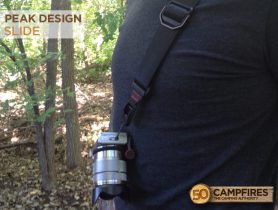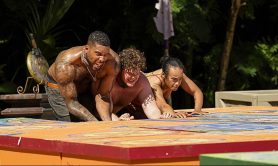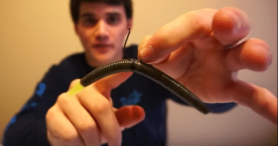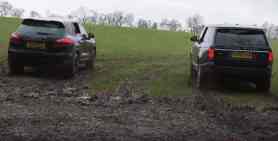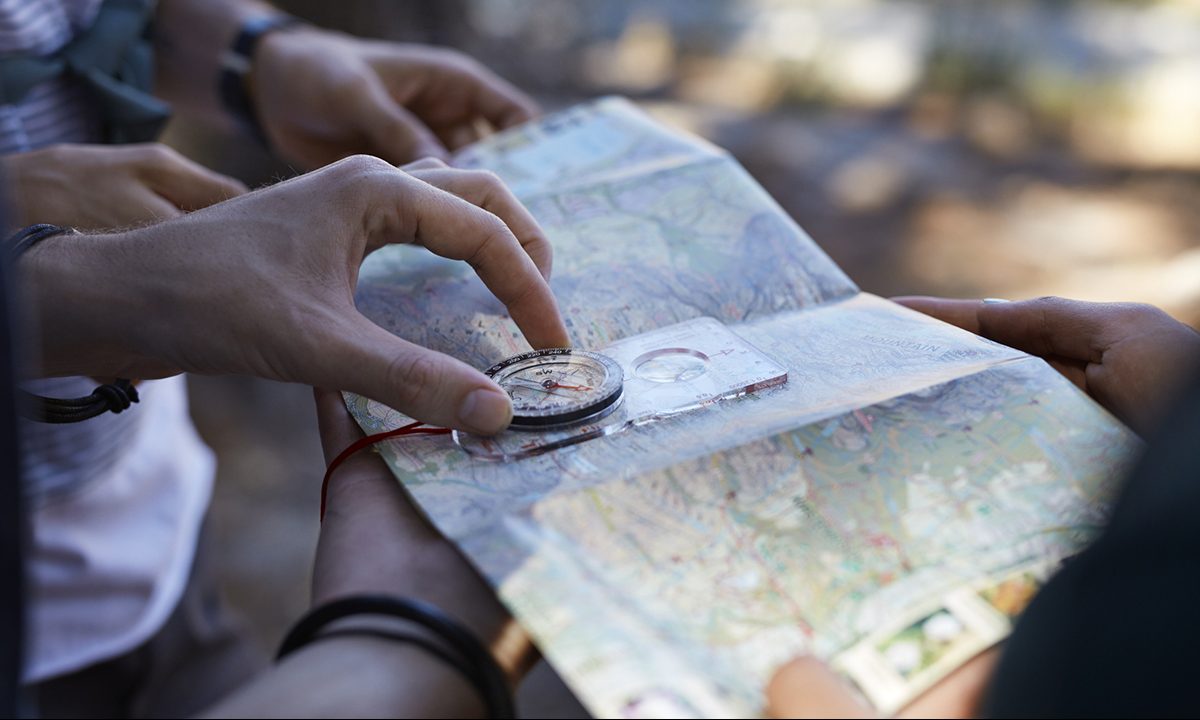

Anyone who has ever been lost in the wild will know how useful a compass is for navigation – and nobody knows this more than survivalist Bear Grylls.
Videos by Outdoors with Bear Grylls
A compass tells you which direction is north, whether it is a tiny button compass or a special ‘lensatic’ compass, which has a lid, magnifying glass, and more precision and is often used by the military.
“Being able to establish directions is the core navigation skill,’ says Bear in How To Stay Alive. “A compass doesn’t need to be big, expensive, or fancy.”
There are also direct sighting compasses, orienteering compasses, and mirror-sighting compasses – and many phones have a compass app, although the battery life can’t be relied on to last, so it’s better to have a back-up.
If you need a compass but don’t have one to hand, did you know that there are some simple ways to make your own?

Magnetize
The first thing to do to make a compass is to magnetize a needle – you can use an ordinary sewing needle, or a straightened-out paperclip. Take the needle (or clip) and move a magnet along it in one direction a few times. Whichever end of the needle you move the magnet towards will be the end that indicates north.
Another option to magnetize a needle is to coil some insulated wire around the needle, and connect each end of the wire to a battery. Leave this to work for around five to ten minutes.
Floating
The next part of making the compass is to lower the needle gently into a bowl or cup of water. Surface tension on the water will keep the needle floating, and the sharp end of the needle will face north.
Or if using a paperclip, you can place it onto a bottle cap floating in the water. It will still spin to face north.


